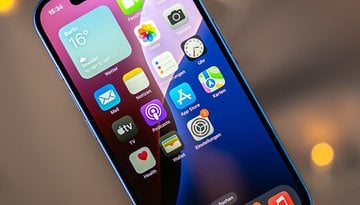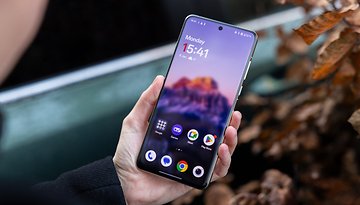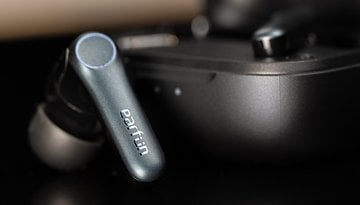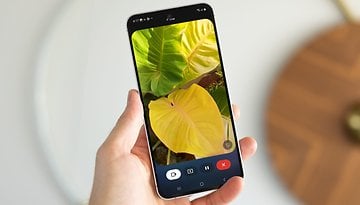Fixing Broken iPhone 16 Software Won't Need a Mac or Computer
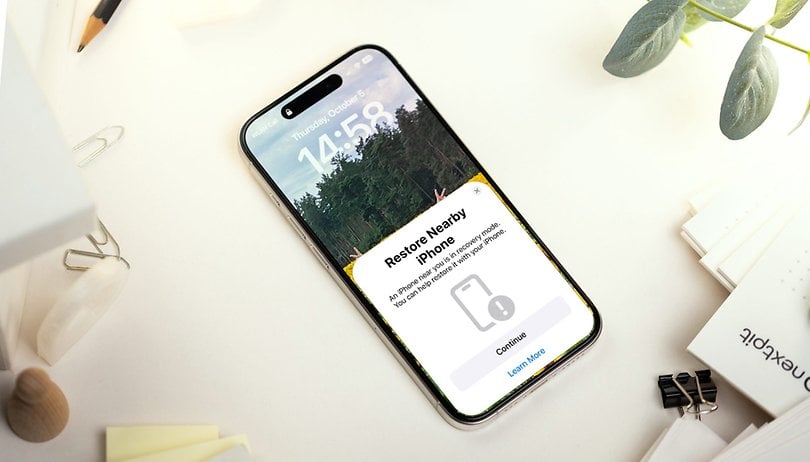

Updating an iPhone or Apple device to the latest operating system is not always a smooth process for everyone as there might be instances that users face a stuck or bricked handset. Following the launch of over-the-air system recovery to the Apple Watch, the feature has expanded to the latest iPhone 16 via iOS 18, enabling a more convenient solution than before.
Wireless firmware or OS recovery debuted first with the watchOS 8.5 which requires the paired iPhone to run on iOS 15.4. Basically, the feature adds an alternative to connecting your device to a computer when the update is not moving through, which is due to a few reasons like a loss of internet connection and so on.
As discovered in the latest iOS 18 update (via 9to5Mac), Apple finally brings the same capability to the iPhones, with the iPhone 16 series first to support it. It is yet to be seen how the entire process will unfold since the iPhone 16 is yet to be shipped.

However, early findings show that it is initiated if the iPhone 16 enters recovery mode and there is another nearby iPhone. A notification will then be sent to the other iPhone prompting a confirmation to continue its system recovery. Once agreed on, the the necessary firmware will be downloaded to the older iPhone and then will be transferred to the bricked iPhone 16 or iPhone 16 Pro where the recovery will be completed.
What are the benefits of Wireless Firmware Recovery
Among the outright advantages of this is that it will remove laborious steps such as connecting your iPhone to your Mac or computer through a USB cable. Subsequently, this makes the entire recovery process more streamlined.
Apple has yet to detail the other components of this new feature as well as compatibility on which iPhone models will support as a recovery medium. It's also interesting what security measures are in place here to avoid tampering and unauthorized access.
Is this hinting at a portless iPhone?
More than this, this might hint that Apple will eventually ditch the USB port from the iPhone in future models. This will not totally surprising if to happens after it was rumored that one of the iPhone 17 models dubbed as "Slim" or "Air" may feature an ultra-thin build. Perhaps, this is a result of Apple removing physical ports and buttons on it? Who really knows for sure.
What are your thoughts about the new wireless software recovery feature on iPhones? Does this suggest even bigger things to arrive on the iPhones?
Source: 9to5Mac







